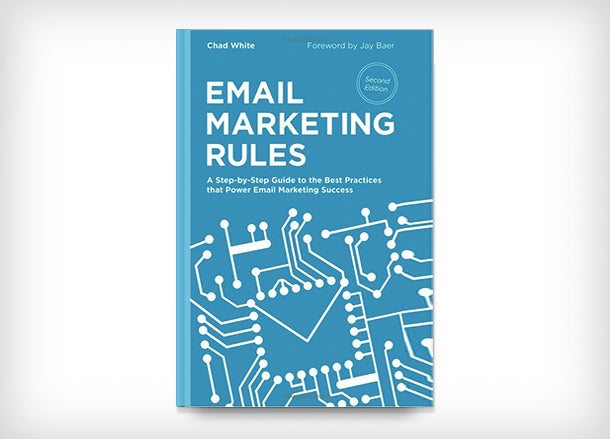[box type=”info”] Nước có ga (không đường) đã trở nên quen thuộc với người tiêu dùng, vấn đề được đặt ra là uống nước có ga thay thế với nước lọc thông thường thì có vấn đề gì không?[/box]
1. Nước có ga có thể gây bệnh loãng xương phải không?
2. Kích ứng dạ dày thì sao?
3. Lượng muối Hydrat thì như thế nào?
4. Tác dụng lên men răng?
Trong những năm gần đây, thị trường nước có ga không đường rất có lượng tiêu thụ rất cao. Lượng nước có ga sản xuất dùng để pha với rượu cũng tăng rất cao, thêm vào đó, thói quen uống nước có ga trực tiếp đã trở nên phổ biến, và ngày càng có nhiều loại nước có ga có hương vị đa dạng và phong phú.
Thêm vào đó nhiều người thích dùng nước có ga và sử dụng nó để thay thế nước máy hoặc nước khoáng. Và câu hỏi được đặt ra là điều này có ảnh hưởng gì đến sức khoẻ không. Sau đây là một số nghiên cứu về điều này
Trước hết, sử dụng nước có ga để thay thế nước lọc có một lợi điểm khá thú vị đó là: bong bóng khí của nước có ga có thể phình to trong dạ dày, khiến bạn cảm thấy no hơn so với khi bạn uống nước bình thường. Điều này tốt khi bạn đang muốn ăn kiêng hoặc không muốn ăn qua nhiều thức ăn. Tuy nhiên khi bạn tập thể dục, thì cơ thể cần hấp thụ nhiều hydrat hóa, vì vậy nên uống nước bình thường (không có ga).
1. Nước có ga có thể gậy bệnh loãng xương phải không?
Tiếp theo là nước có ga có tác dụng gì lên xương không? Một số người nghĩ rằng uống cola có thể gây ra bện loãng xương, và cũng có người nghĩ rằng nước có ga cũng có tác động xấu đến xương, nhưng thực tế, đã có nghiên cứu chỉ ra rằng uống nước có ga và bệnh loãng xương không có mối quan hệ gì cả.
Trong một nghiên cứu dịch tễ học gọi là “Nghiên cứu Framingham ở Hoa Kỳ”, được báo cáo vào năm 2006, mật độ khoáng xương giảm nhẹ ở phụ nữ lớn tuổi khi họ thường xuyên uống cola, nhưng uống đồ uống có ga khác với cola thì lại không ảnh hưởng đến mật độ xương. Nghiên cứu này cho thấy cola có thể gây bệnh loãng xương chứ không phải nước có ga
2. Kích ứng dạ dày thì sao?
Liên quan đến kích ứng dạ dày, khi tiêu thụ nước có ga, bong bóng ga sẽ có nhiều trong dạ dày, do đó, nước có ga không phù hợp với người bị trào dịch axit dạ dày, người mắc hội chứng ruột kích thích và những người bị bệnh lở loét dạ dày
3. Lượng muối Hydrat thì như thế nào?
Độ mặn (natri) không được bao gồm trong hầu hết các nước có ga, hoặc chỉ là một lượng nhỏ. Ví dụ, 100mL của nước Perrier có chứa 1,18mg natri. Lượng natri (mg) x 2,54 = tương đương muối (mg), vì vậy nếu bạn uống 500mL nước Perrier, bạn sẽ tiêu thụ khoảng 15mg muối. Tuy nhiên, lượng muối tiêu thụ hàng ngày theo khuyến nghị của Bộ Y tế, Lao động và Phúc lợi Nhật Bản là dưới 8g (8000mg) đối với nam và dưới 7g (7000mg) đối với nữ.
4. Tác dụng lên men răng?
Về men răng. Theo một báo cáo từ một nhà nghiên cứu người Anh, mặc dù có độ axit cao hơn một chút so với nước, nước có ga có thể làm tan men răng. Tuy vậy, so với nước ngọt hoặc các sản phẩm nước có đường thì tỉ lệ này ít hơn một trăm lần.
[box type=”warning”] Trên cơ sở của những điều trên, nước có ga ít có tác dụng gì về sức khoẻ đối với cơ thể và về cơ bản có thể được sử dụng thay thế cho nước. Tuy nhiên, cần chú ý các loại nước có ga có thêm đường và hương vị cũng giống như nước ngọt nó có thể không tốt cho sức khoẻ của bạn [/box]
Tham khảo
Vol.053 加工食品は依存症になりやすい!?
Which Foods May Be Addictive? The Roles of Processing, Fat Content, and Glycemic Load









